1. Wall-to-Wall Carpet
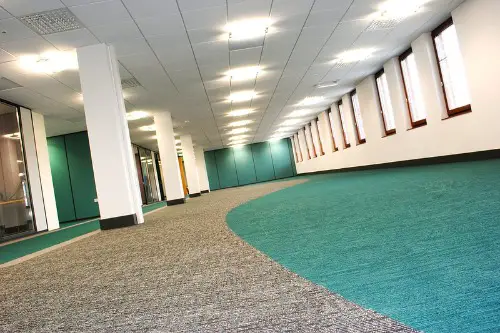
Carpet in the bathroom feels cozy, sure, but most buyers see it as a hygiene nightmare. Moisture seeps in, creating mold, mildew, and trapped odors that are almost impossible to get rid of. Even with frequent cleaning, the padding underneath can harbor bacteria. Buyers don’t want to inherit that problem, which means they’ll likely plan to rip it out immediately.
It also instantly dates your home since bathroom carpet was popular in the ’70s and ’80s but rarely seen today. Many buyers view it as both unsanitary and high-maintenance compared to tile or vinyl. Instead of looking at your home as move-in ready, they see renovation costs. That alone can knock your property’s appeal down a notch.
2. Cheap Laminate with Obvious Seams

Budget laminate flooring has come a long way, but the low-end versions still look fake and flimsy. When seams are obvious, peeling, or swelling from moisture, it screams “cut corners.” Future buyers know replacing it will be costly and time-consuming. They’ll also wonder what other shortcuts were taken in the house.
In high-traffic areas like kitchens or hallways, cheap laminate shows scratches almost immediately. That reduces the feeling of durability and longevity that buyers are seeking. Even if you kept it clean, it rarely hides its wear. People want floors that look solid and permanent, not temporary.
3. High-Gloss Tile Everywhere
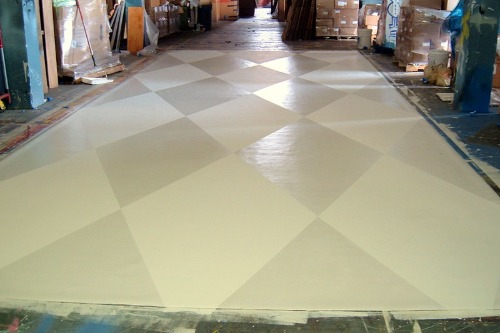
Shiny tiles may look chic in a showroom, but in real life, they’re slippery and high-maintenance. Spills, pet prints, and water spots show up instantly, demanding constant attention. Buyers with kids or elderly relatives see it as a safety hazard. They’re more worried about accidents than aesthetics.
High-gloss tiles also create glare under certain lighting, which makes a space feel cold and uninviting. While some might appreciate the polished look, most see it as impractical. Once buyers imagine slipping on wet tile, they check out mentally. Practical, low-maintenance floors almost always win out.
4. White Carpet
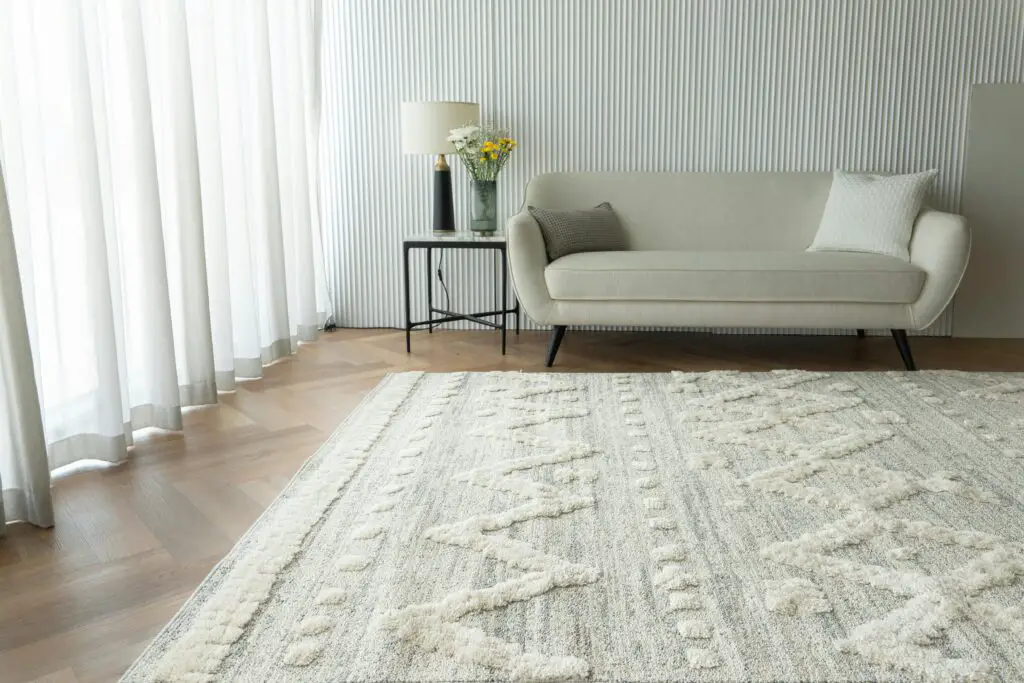
There’s no denying white carpet makes a room look bright and airy—until someone spills coffee or tracks in dirt. Stains show up immediately, and they’re rarely easy to remove. Even professional cleaning can’t always restore its look. Buyers see a money pit, not a lifestyle upgrade.
If you don’t allow shoes indoors, white carpet might survive, but buyers know not everyone lives that way. Families with pets or children will instantly veto it. Even cautious adults worry about upkeep and stress. Flooring that creates anxiety instead of comfort is a dealbreaker.
5. Cork Flooring in High-Moisture Rooms
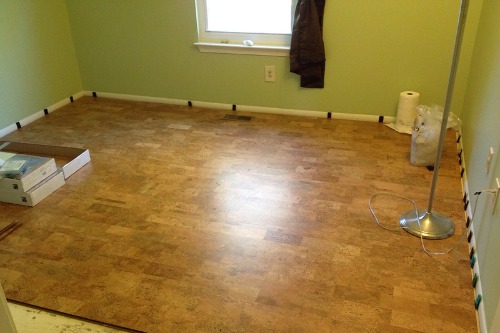
Cork has its eco-friendly appeal, but it’s also soft and absorbent. That means kitchens, bathrooms, or basements can wreak havoc on it. Water damage leads to swelling, staining, and even mold issues. Buyers see risk where they want reliability.
It also dents easily under heavy furniture or high heels, making it look worn much faster. While niche buyers may like its green factor, most won’t want the hassle. They’ll think about replacement costs right away. The flooring that needs too much babysitting won’t sell well.
6. Parquet Squares from the ’70s
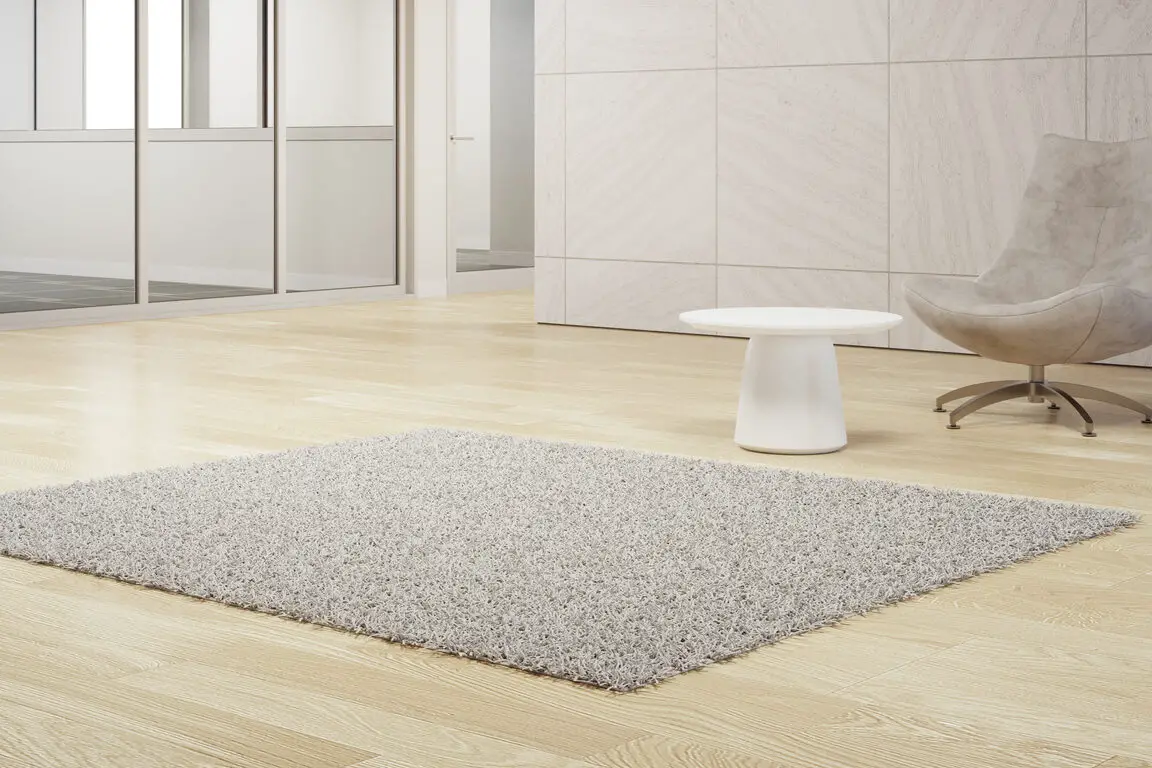
Parquet flooring had its moment, but those small wooden squares look outdated today. Even if the wood is still in good condition, the pattern feels visually busy. Buyers don’t want to inherit a flooring style that peaked decades ago. Instead, they’ll view it as an immediate update project.
Because parquet is glued down, it’s not easy to replace without effort or cost. Most people prefer wide planks for a more modern aesthetic. Walking into a room with parquet makes many buyers feel like they’ve stepped back in time. That rarely helps a sale.
7. Shag Carpet
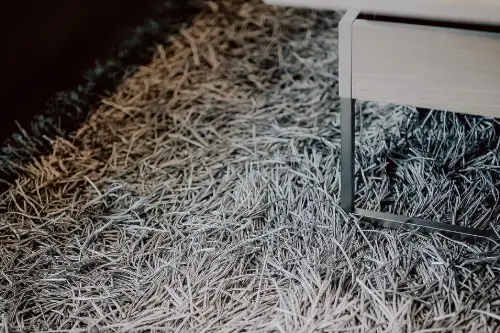
Shag carpet may scream retro luxury, but to modern buyers, it just screams outdated. The thick pile traps dust, allergens, and pet hair. Cleaning it thoroughly requires specialized equipment, which adds to the hassle. Buyers with allergies in particular will see it as a health hazard.
Beyond that, it rarely fits with today’s sleek, clean-lined interiors. It makes a space feel heavy and dated. Even if you kept it spotless, its reputation precedes it. Buyers will almost always factor in replacement costs right away.
8. Dark-Stained Hardwood That Shows Every Scratch
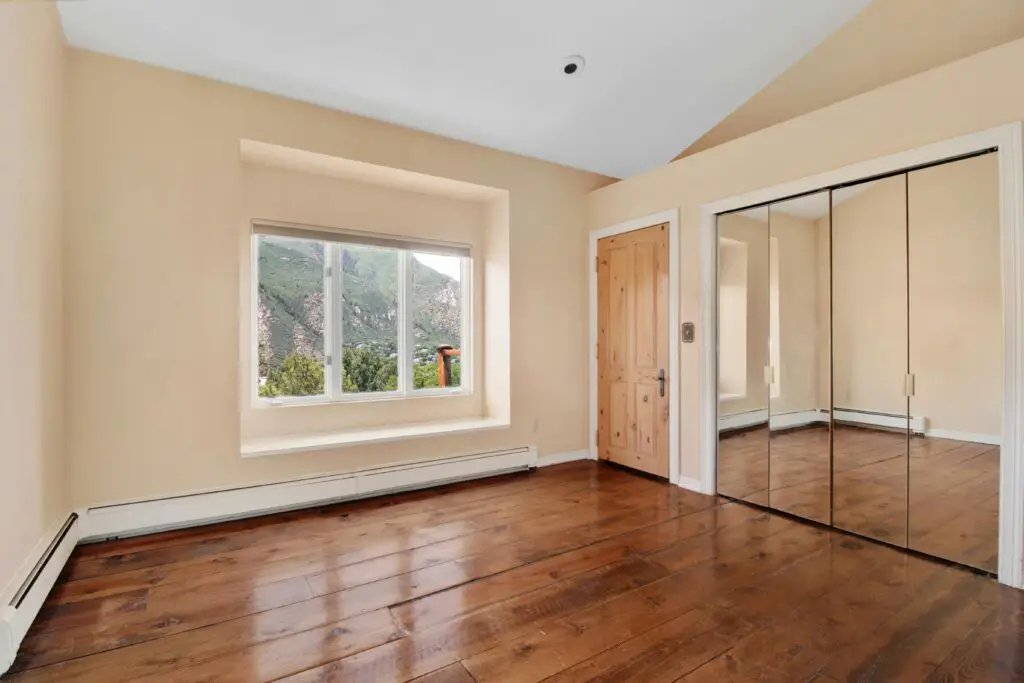
Dark wood floors look dramatic, but they’re also unforgiving. Every scratch, dust particle, and footprint shows up immediately. Buyers know they’ll be constantly cleaning and refinishing. What should be a selling point—hardwood—turns into a maintenance headache.
Many buyers prefer mid-toned woods that hide imperfections better. Dark floors can also make smaller rooms look more cramped. While stylish in photos, they’re impractical in daily life. Buyers don’t want their dream home to come with constant chores.
9. Vinyl Sheet Flooring with Fake Stone Prints
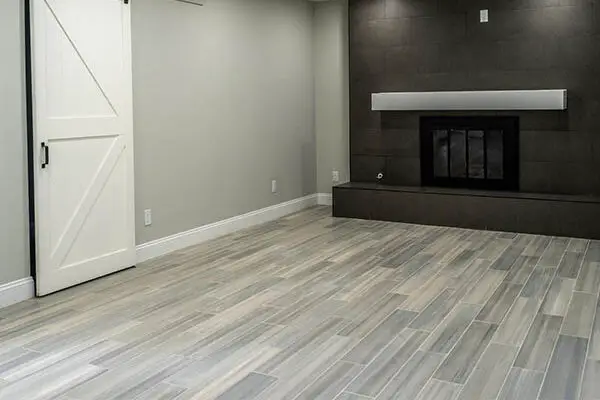
Vinyl sheet flooring can be durable, but the faux-stone versions rarely fool anyone. The patterns often repeat in obvious ways, breaking the illusion. Buyers walk in and immediately think “cheap fix.” That first impression is hard to shake.
Over time, vinyl sheets also tear or peel at the edges, especially in high-use areas. That makes them look even more worn. While modern luxury vinyl planks fare much better, sheet vinyl drags down the value perception. Buyers don’t want to see shortcuts underfoot.
10. Bamboo Flooring in Dry Climates
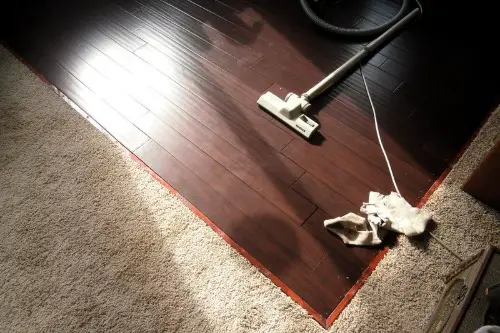
Bamboo flooring has a green reputation, but it’s highly sensitive to humidity changes. In dry climates, it can crack, shrink, or split. Buyers who know this see it as a flooring time bomb. Even if it looks fine now, they worry about future problems.
It also scratches more easily than many hardwoods, which turns off buyers with pets. The environmental appeal often doesn’t outweigh the durability concerns. Long-term reliability matters more than trendiness. Most buyers would rather stick with proven hardwoods.
11. Painted Floors
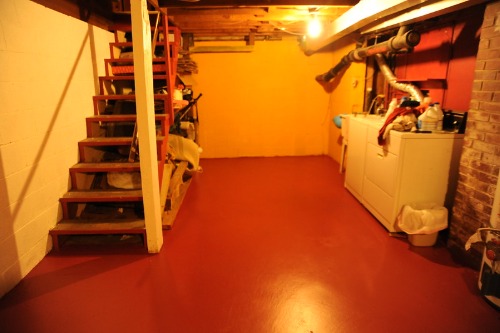
Painted wood floors can add quirky charm, but they’re also a polarizing choice. Many buyers see them as a DIY shortcut rather than a design feature. Paint chips, scratches, and wear are inevitable, making floors look worse over time. That adds an extra project for anyone moving in.
Paint also hides the natural beauty of wood, which most buyers prefer. Instead of seeing value, they see cover-up. Restoring painted floors can require sanding and refinishing, which is expensive. It’s rarely a win in the resale market.
12. Terrazzo with Loud Colors
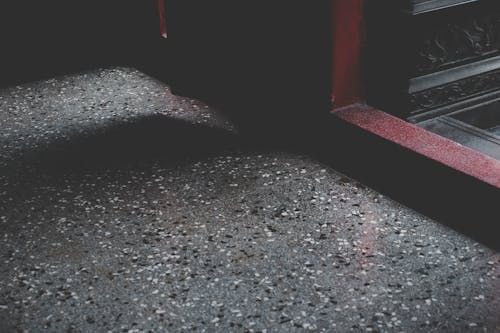
Terrazzo flooring is making a comeback, but loud, multicolored versions from the mid-century era aren’t everyone’s taste. Some buyers see it as charming, but most see it as overwhelming. The bold speckles can make decorating a room nearly impossible. Buyers prefer neutral canvases to build on.
Terrazzo is also incredibly difficult to replace due to how it’s installed. That adds to renovation costs, which buyers will factor in. Unless someone specifically loves that retro look, they won’t want to commit. Flooring that limits design flexibility tends to scare people away.
13. Faux Wood Tile
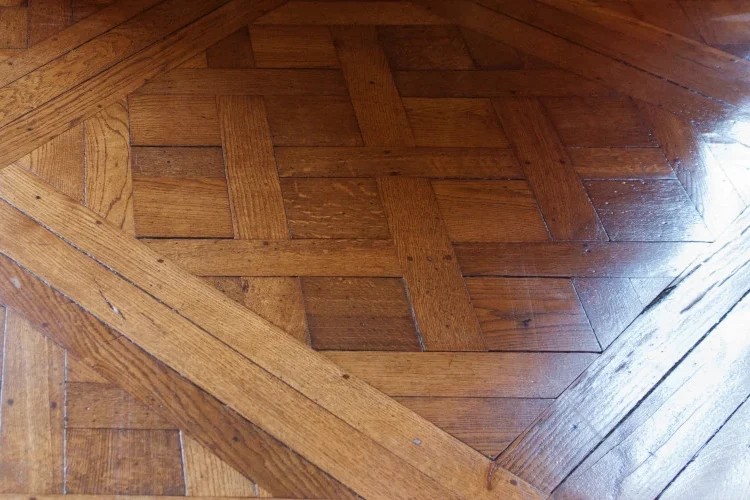
Tile designed to look like wood seems like the best of both worlds—until buyers see it in person. The grout lines often give it away, making it feel artificial. It lacks the warmth and authenticity of real wood. Many buyers feel like it’s trying too hard.
Tile is also much harder underfoot than actual wood, making it less comfortable. In colder climates, it feels chilly without radiant heat underneath. That makes buyers think of added expenses just to make it livable. Floors that feel like compromises rarely sell well.
This post 13 Flooring Choices That Future Buyers Will Hate You For was first published on Greenhouse Black.
